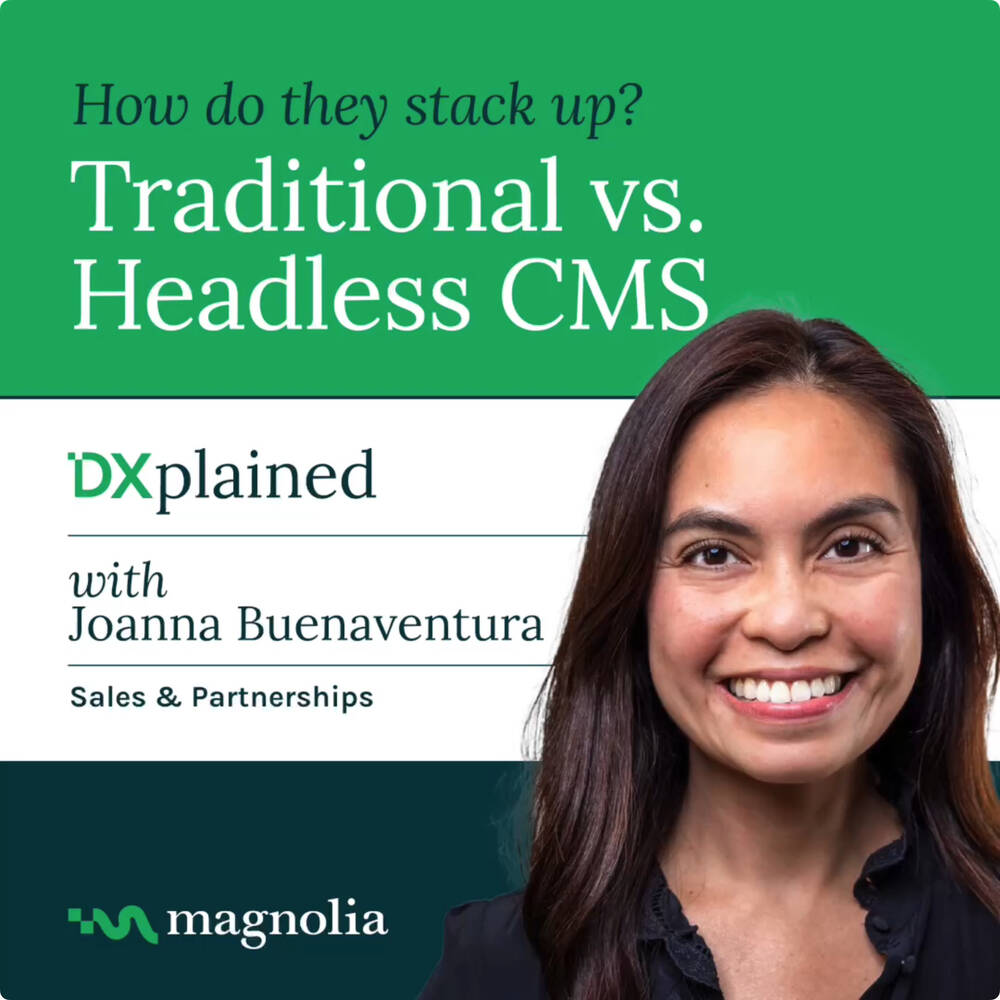Headless
Headless
In this category, you will find articles related to headless architecture and using Magnolia as a hybrid headless CMS. Topics include the difference between headless and hybrid headless CMSs and explaining headless content delivery. We created this category for our marketer and developer users.
For example, check out “Glossary: Defining the World of Headless CMSs and DXPs” to find out what all of the terms relevant to the headless content management industry mean.
































